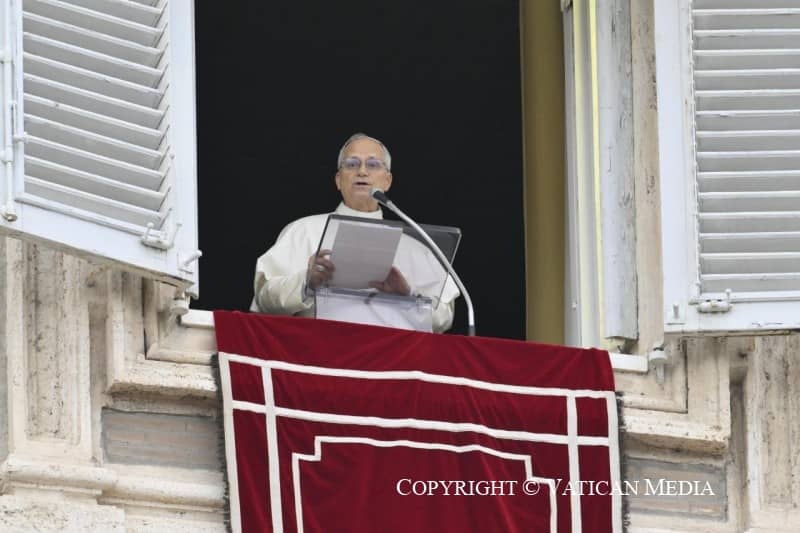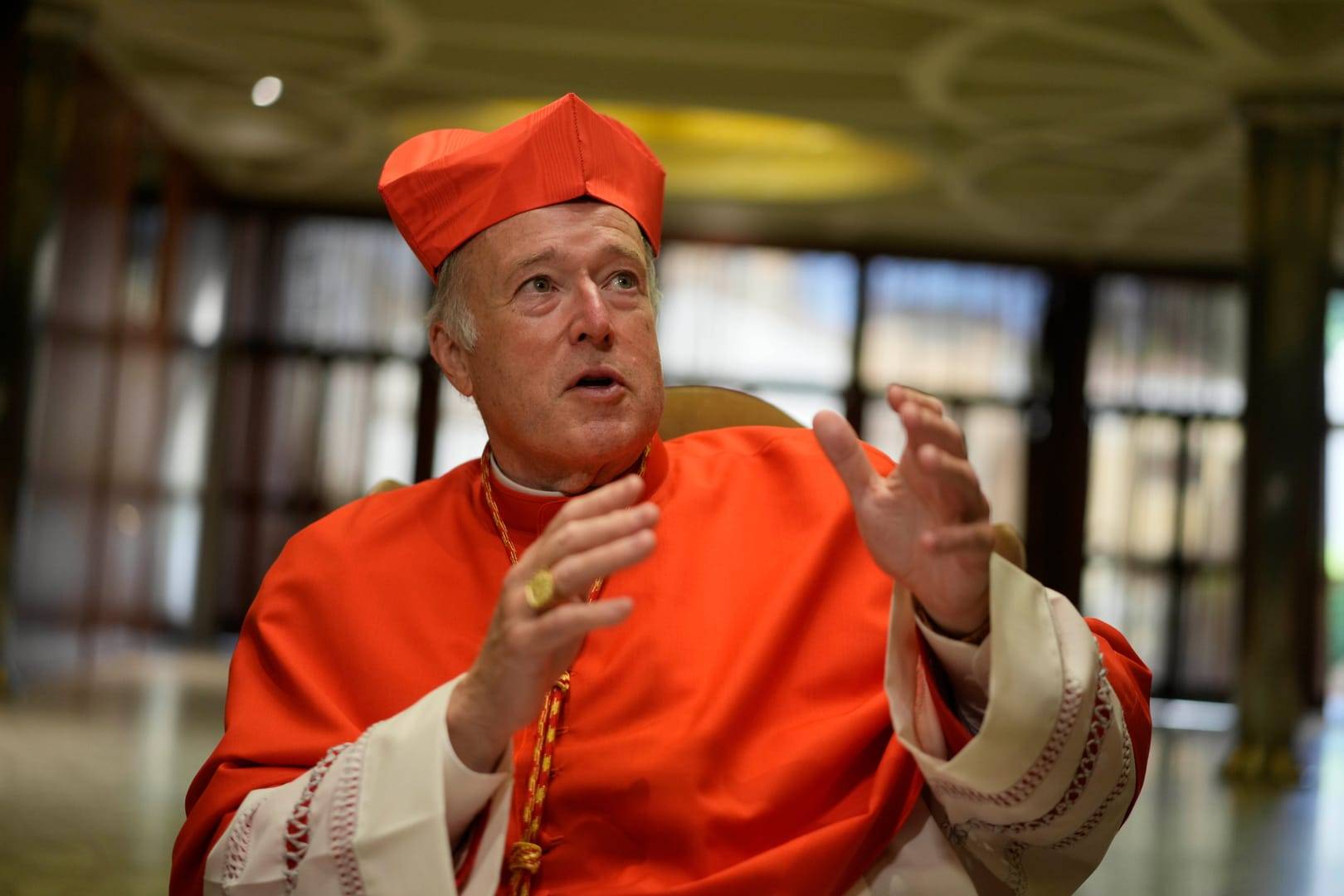NEW YORK – As hostilities heighten across the Middle East, the concern for Jason Knapp – and, by his estimation, for other humanitarian workers in Gaza – is what a potential escalation of the conflict might mean for the almost two million displaced people who remain in dire conditions, and who have great needs ahead of the winter months.
“As the situation throughout the Middle East deteriorates, the fear is that there’s less focus on finding a solution and finding a peaceful way forward for Gaza,” Knapp said.
“That does weigh on us, and even in advance of a ceasefire, we’re just aware that there’s so much more that needs to be done to make sure that civilians stay safe, that humanitarians stay safe, and that we’re able to get much more access and safety for humanitarian goods coming into Gaza,” he said.
Crux spoke to Knapp, the Catholic Relief Services country representative for Jerusalem, the West Bank, and Gaza on Oct. 3 ahead of the one-year anniversary of the Oct. 7, 2023, Hamas attack on Israel, which prompted a response that has left much of Gaza flattened and triggered a regional conflict.
On Oct. 7, 2023, Hamas killed about 1,200 Israelis and took about 250 people hostage. In response, Israel has waged war in Gaza, vowing to eliminate Hamas, and free the hostages. Gaza has largely been leveled and tens of thousands Gazans have been killed, according to its health ministry, which does not differentiate between fighters and civilians.
Of late, the conflict has expanded to include Lebanon and Iran.
Crux also spoke with Knapp this past spring about the situation in Gaza and CRS’ efforts. At the time, Knapp said CRS was focused on shelter space, food security, water and sanitation, and health and hygiene. That focus still remains, he said, noting that they’re also providing well-being support for children.
The difference between then and now, Knapp said, is the further deterioration of conditions.
“The biggest concern that’s probably happened since we last spoke is the further deterioration of the health and hygiene conditions, in particular,” Knapp said. “We’re just seeing an overflow of sewage in the streets, we’re seeing skin conditions, there’s been confirmation of Polio in Gaza, and there’s just been a severe limitation on the number of humanitarian goods that can enter.”
Another difference, Knapp said, is the space in which people are confined.
Knapp said the estimated 1.9 million refugees in Gaza are constricted to about 14 percent of the strip, as the other 86 percent of the territory is under evacuation orders from the Israeli government. That has created a situation where people have about 1.5 square meters per person – about 16 feet – according to his team’s estimates. Typically, he said, in an emergency situation CRS tries to achieve about 3.5 square meters per square person – about 37 square feet.
“The image that is most striking in my mind is an image actually from our office in Deir el-Balah, which has every nook and cranny filled with yet another temporary or makeshift shelter of some sort,” Knapp said. “The crowding of the conditions is just overwhelming.”
Knapp said the challenge will only become greater in the winter months ahead. He said cool weather and rains have already begun. Even though it’s a Mediterranean climate, the winter “is cold, rainy, and there’s just not enough shelter material in Gaza to support people.”
“Last winter, many civilians were still sheltering in Rafah, and when they fled many of them didn’t have the time or the ability to bring more than some clothes, some of the most valuable items,” Knapp said. “So the number of blankets, the number of mattresses, the number of things to support this winter – already the second winter in displacement – is really, really challenging.”
“Every time you have to leave, it means you typically have less items with you than you did from the previous displacement,” Knapp continued. “This has been a concern of many humanitarians as we approach winter, that we need to get much more assistance into Gaza.”
The call now, he said, is for governments to work for peace.
“It’s very clear that it’s very politically challenging to get to a solution, but we continue to call on the U.S. government as an American NGO, and all others with influence to negotiate a ceasefire, and in advance of that to use all of its leverage to end the violence, protect civilians, and secure humanitarian access,” Knapp said.
“I think it’s important that we remember just how fragile this context is in particular, even as we observe what’s going on in Lebanon and beyond,” he said.
This past week, Catholic leaders worldwide called for Oct. 7 to be a day of prayer and fasting for peace. On Oct. 2, Archbishop Timothy Broglio of the Archdiocese for the Military Services, USA, wrote a letter to the U.S. bishops also calling for prayers for a pathway to peace.
“Compassion is not a zero-sum game. We hear the cries of lament of all our brothers and sisters – Israelis and Palestinians, Jews and Muslims and Christians – all of whom have been traumatized by these events,” said Broglio, the president of the United States Conference of Catholic Bishops. “We join in mourning all whose lives have been cut short. We share the earnest desire for lasting peace.”
Follow John Lavenburg on X: @johnlavenburg















